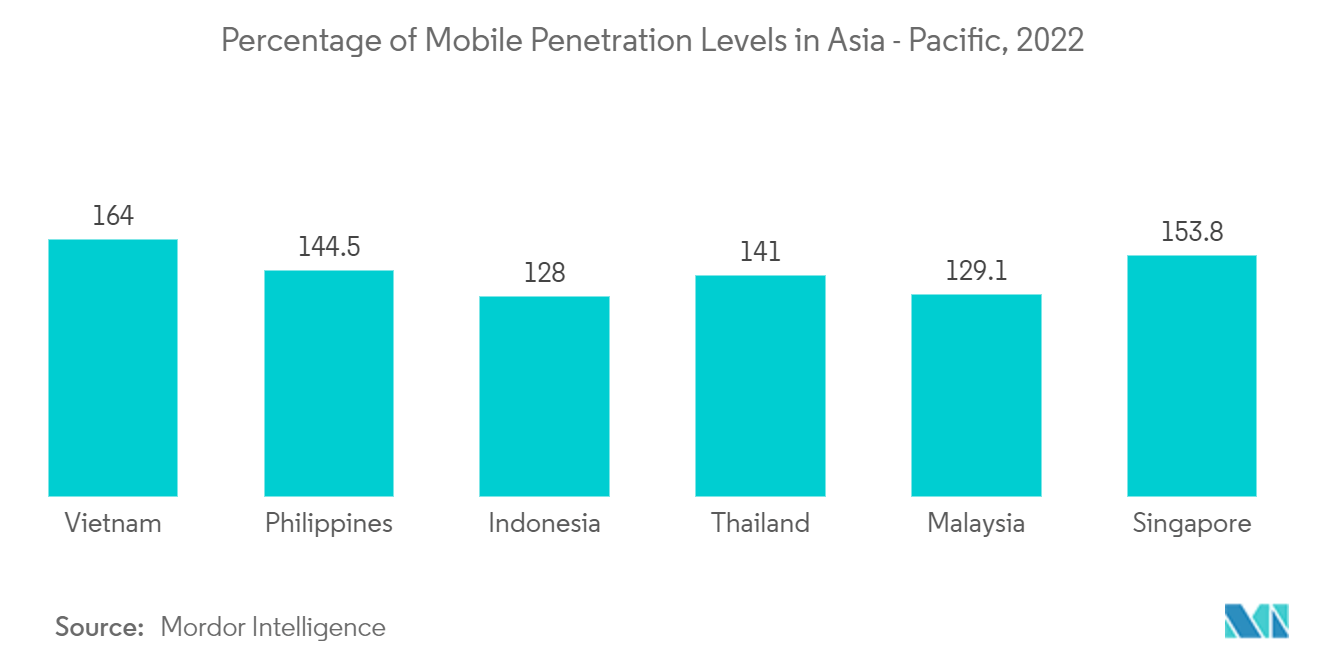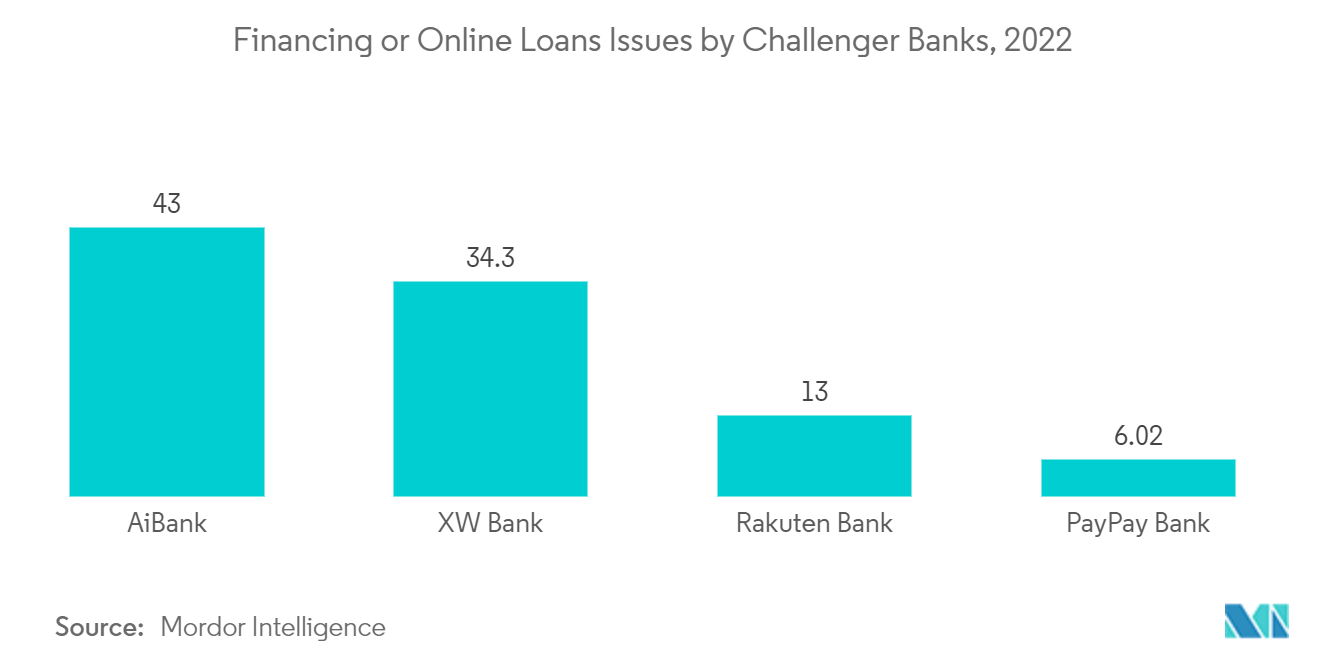Market Trends of Challenger Banks In Asia-Pacific
Raise in Mobile Penetration and High Unbanked Adults in the Region
The emergence of emerging markets in Asia Pacific region offers a significant potential for challenger banks, due to a number of factors, including a large unbanked population, high mobile penetration, and a rapidly expanding middle class. An estimated 250 million adults in the Southeast Asian countries are unbanked; however, only 27% of these adults have bank accounts. The majority of Asia Pacific region have a mobile penetration rate of more than 100%, surpassing the penetration rate of the United States, and comparable to that of Europe. In Indonesia, only 48% of adults aged 15 years and above have bank accounts, while in Malaysia, over 2 million adults are unbanked. In Vietnam, only 30% of those aged 15 years and older have bank accounts, and in the Philippines, only 32% of the population aged 15 and over have bank accounts. India had a smartphone penetration rate of 56% which is estimated to go up to 96% by 2040. Even though 81% of the country’s population has access to at least one bank account, the financial inclusion levels are yet to improve. Though 38.2 million beneficiaries were added to the Pradhan Mantri Jan Dhan Yojana (PMJDY), only 8.9 million were issued RuPay cards.

Financing Activity on Rise into Challengers in Asia-Pacific
In recent years, there has been a surge in equity financing or mergers and acquisitions (M&A) in the market, as challenger banks have become increasingly attractive to investors and have been able to demonstrate to them that their business model and valuations appear to be realistic. A prime example of this is Kakao, an internet-only Korean bank, which was launched by Kakao Communications, a communications company. Within 24 hours, Kakao Bank had 300,000 new customers, 930 million USD in deposits in a week, and more than 6,500 million accounts in one year, surpassing the annual average of some incumbents and challenger banks. Moreover, Paytm Payments Bank was established in India as a subsidiary of Paytm, a leading mobile payment company. The bank provides a wide range of financial services, including savings, current, and fixed deposits, along with debit cards and wallets. Additionally, payments can be made in real-time through India's Unified Payments Interface (UPI), FASTag, and other payment instruments. It is one of the most prominent digital banks in India, with a customer base of over 330 million, including 65 million current accounts and 5 million savings accounts. Similarly, numerous challengers appear to have built up the trust of investors to invest in their firms, and the infographic below provides an overview of the financing activities of the challengers in recent years.

